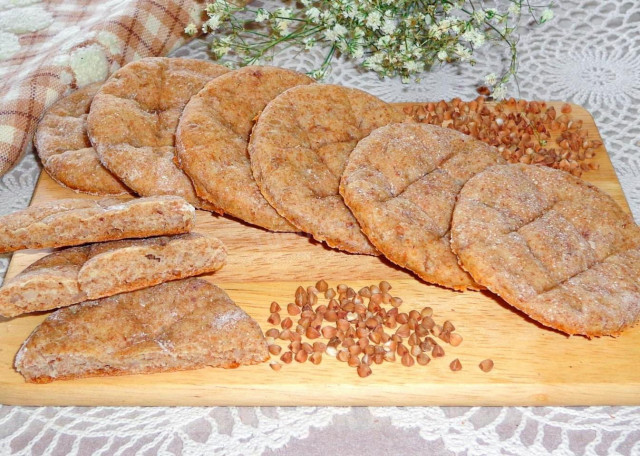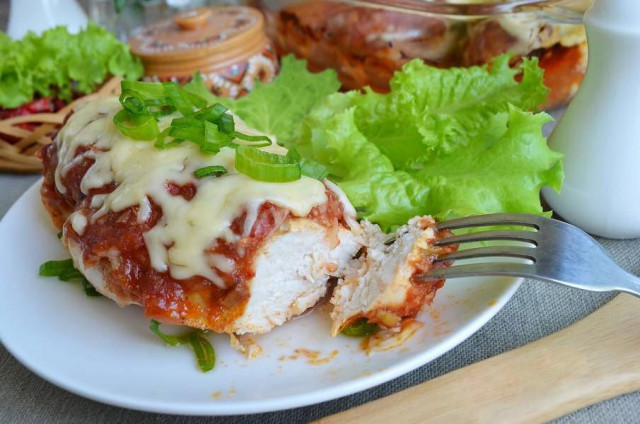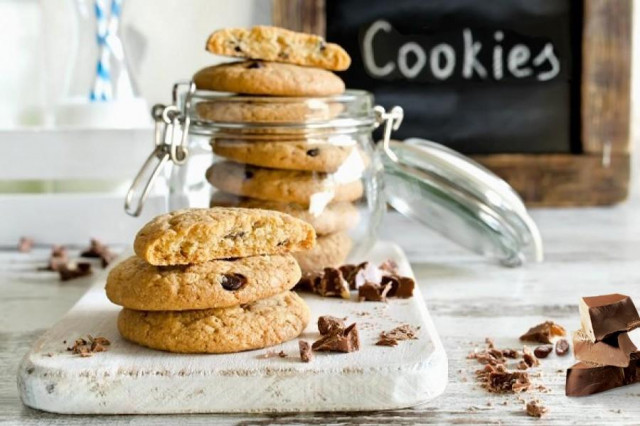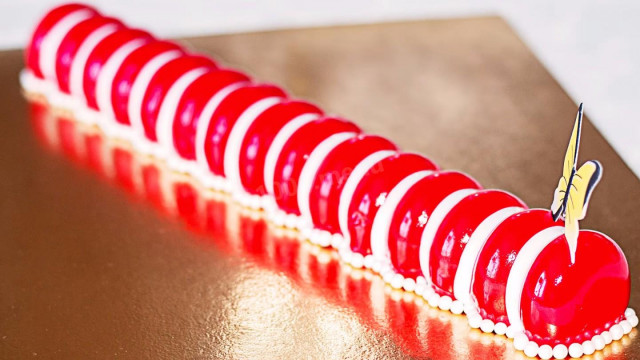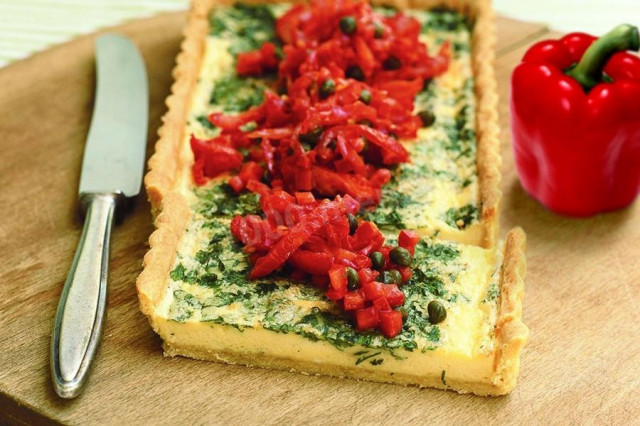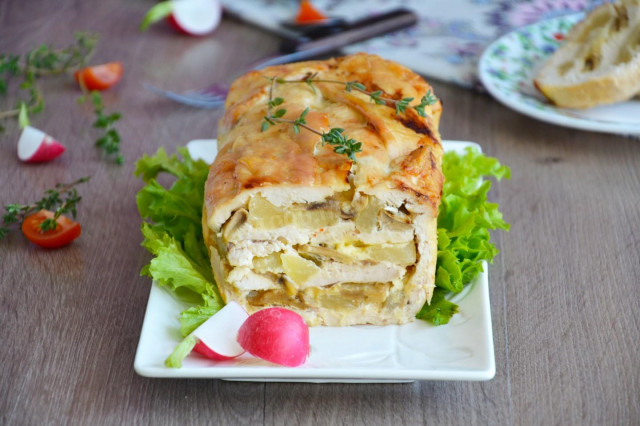Composition / ingredients
Step-by-step cooking
Step 1:
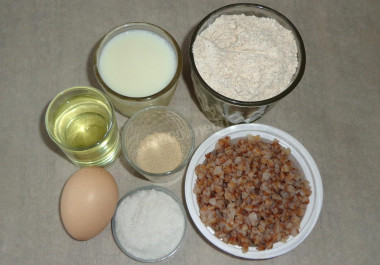
How to make buckwheat loaves? Prepare the products. Boil the buckwheat in advance, or take the rest after dinner. How to cook buckwheat? Rinse the cereal thoroughly, changing the water several times. Put it in a saucepan, pour clean water in a ratio of 1:2 and put it on a small fire. After boiling the water, add salt, turn down the heat. Cook the buckwheat over low heat for about 20 minutes. At the end of cooking, all the water should be absorbed into the cereal. Cool the finished porridge.
Step 2:
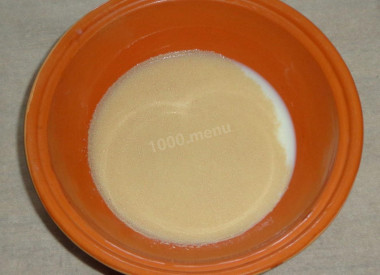
First of all, prepare the sourdough. How to make sourdough? Heat the milk in a saucepan over low heat until warm. Pour it into a bowl in which you will knead the dough. Immediately pour the dry yeast into the warm milk, mix. If desired, dry yeast can be replaced with pressed yeast.
Step 3:
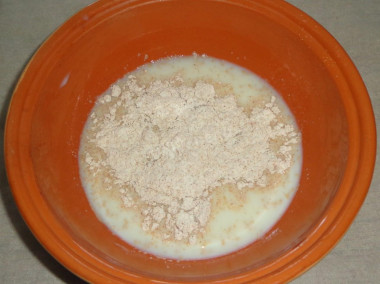
Add a couple of spoonfuls of whole grain flour. Stir until smooth, there should be no lumps in the total mass. Leave for 15 minutes in the heat. The sponge should bubble up and increase in volume.
Step 4:
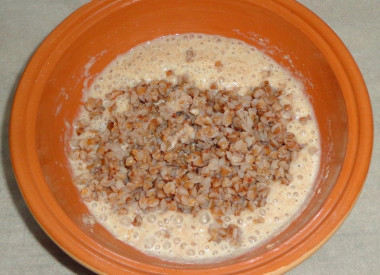
Pour the cooled buckwheat porridge into the approaching sourdough, mix well.
Step 5:
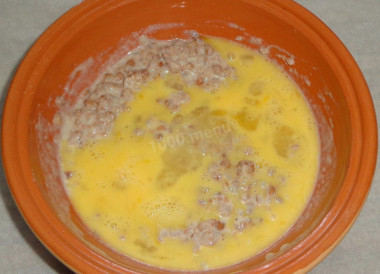
Wash the chicken egg and dry it with a napkin. Break it into a separate bowl and lightly whisk with a fork. Pour the egg into the dough.
Step 6:
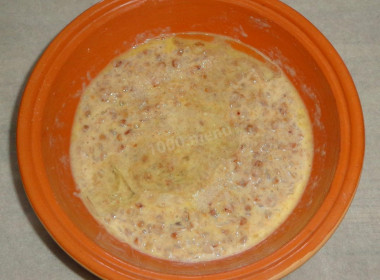
Add salt and vegetable oil to the dough. Stir the mixture until smooth.
Step 7:
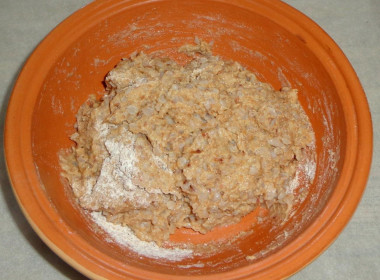
Next, pour the remaining wholegrain flour into a bowl and knead a thick dough. Leave it to come up in the heat for 1 hour.
Step 8:
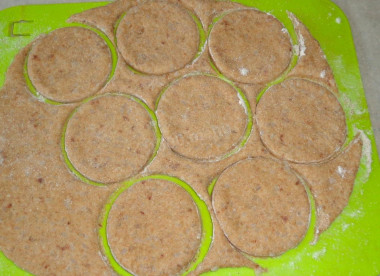
Turn on the oven and preheat it to 180 degrees. Knead the dough that has come up and roll it out into a layer 0.5 cm thick . Take a 200 ml glass, dip it in flour and cut out circles from the dough.
Step 9:
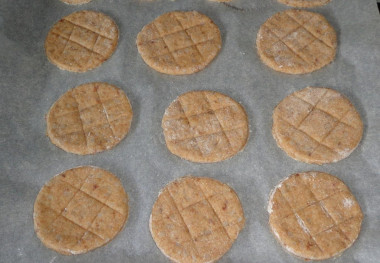
Lay baking paper on a baking sheet. Spread out the blanks on it and apply the drawing with a knife or fork.
Step 10:
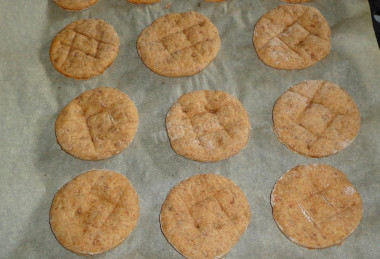
Put the baking sheet in the oven. Buckwheat loaves are baked for approximately 20 minutes, they should be browned. Remove the finished loaves on a plate and serve to the table. Enjoy your meal!
Buckwheat loaves are very interesting to taste. They are unsweetened, so you can make sandwiches from them. For example, grease with liver paste, put a slice of sausage or carbonade. And if you want to make a sweet version of bread, then you need to add a few spoons of sugar to the dough.
Read all the secrets of cooking buckwheat and how to choose it correctly so that the dish is delicious in the article "The usual buckwheat. Do we know everything about her?"
The liquid in which yeast is bred should be pleasant to the touch, no higher than 40 degrees. Why is this important? In a warm environment, yeast is well activated, in a hot one it will die, and in a cold one it simply will not work. To avoid unpleasant surprises, check the yeast before mixing with the rest of the ingredients. Pour a little warm milk into a bowl, stir in the yeast. Cover the bowl with a kitchen towel and put it in a warm place without drafts for 10-15 minutes. During this time, a foamy yeast cap should appear on the surface of the sponge. If this did not happen, then the fermentation process has not started (the yeast is overdue or spoiled). In this case, it is worth taking other yeast, otherwise baking will not work.
Dry yeast can be replaced with fresh pressed yeast, based on the proportion of 1:3. That is, for 1 gram of dry yeast required by the recipe, you need to take 3 grams of fresh.
Caloric content of the products possible in the composition of the dish
- Whole cow's milk - 68 kcal/100g
- Milk 3.5% fat content - 64 kcal/100g
- Milk 3.2% fat content - 60 kcal/100g
- Milk 1.5% fat content - 47 kcal/100g
- Concentrated milk 7.5% fat content - 140 kcal/100g
- Milk 2.5% fat content - 54 kcal/100g
- Buckwheat (whole grain) - 335 kcal/100g
- Dark buckwheat flour - 333 kcal/100g
- Light buckwheat flour - 347 kcal/100g
- Boiled buckwheat - 163 kcal/100g
- Buckwheat - 313 kcal/100g
- Vegetable oil - 873 kcal/100g
- Salt - 0 kcal/100g
- Chicken egg - 80 kcal/100g
- Whole wheat flour - 298 kcal/100g
- Dry yeast - 410 kcal/100g

